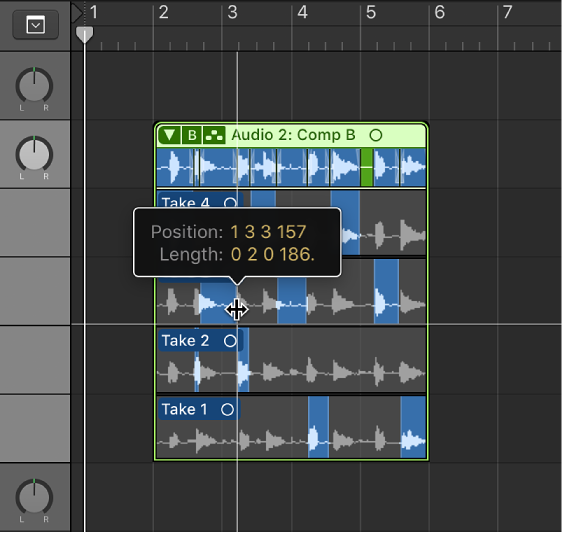Classical Music: Recording, Mixing, and Mastering Fundamentals
by Jett Galindo, iZotope Contributor July 3, 2019
Recording, mixing, and mastering classical music requires different techniques than most modern productions.
Classical music is known for its nuanced sonics—from the wide dynamics all the way to its vast range in the frequency spectrum. With that comes a unique set of challenges for sound engineers when recording, mixing, and mastering classical music.

